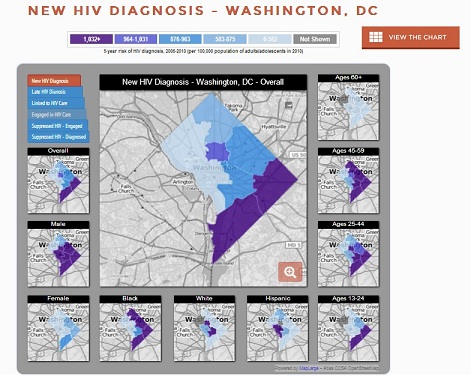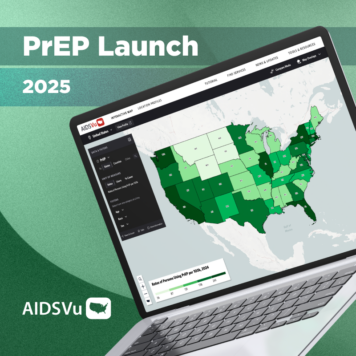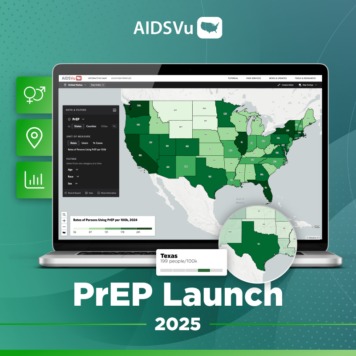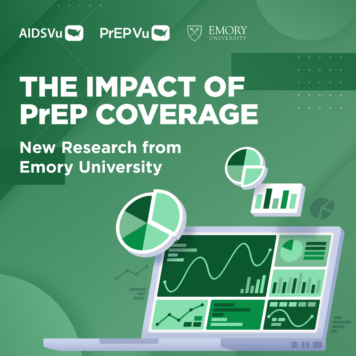AIDSVu was highlighted at the White House’s World AIDS Day observance event as a persuasive example of a public-private partnership that is helping to improve outcomes along the care continuum, including strengthening linkage to care, retention and treatment. Included in the Office of National AIDS Policy’s HIV Care Continuum Initiative status report, AIDSVu maps helped to illustrate how data can be used to improve testing, services and treatment by targeting the geographic areas where HIV is most concentrated.
The report recognized AIDSVu as an integral, free resource that allows users to identify where to focus HIV prevention and care efforts, and ultimately reduce new HIV infections in the communities with the highest burden. The inclusion of AIDSVu in the report underscores the value and the impact this tool is having in the fight against HIV. The report included the following AIDSVu data:
- New HIV diagnoses (2008 – 2011, cumulative): Estimated case count data is available at the state and county levels and can be filtered by race, age and sex. This data allows for trending analysis and is particularly useful in helping to identify where to focus HIV resources.
- The HIV Continuum: HIVContinuum.org is a new mapping site recently launched as an extension of the AIDSVu project. Providing visualizations of the five elements of the HIV Care Continuum, HIVContinuum.org supports the President’s commitment to responding to the domestic HIV epidemic and improving outcomes along the continuum. The first phase of HIVContinuum.org features three large cities in the U.S. – Atlanta, Philadelphia and Washington, D.C. – and displays data for the elements of the HIV care continuum for persons newly diagnosed between 2006 and 2010.
Read the complete White House report, including a case study on Medical AIDS Outreach of Alabama’s use of AIDSVu resources to identify gaps in rural communities. Report:
http://www.whitehouse.gov/sites/default/files/onap_nhas_improving_outcomes_dec_2013.pdf






